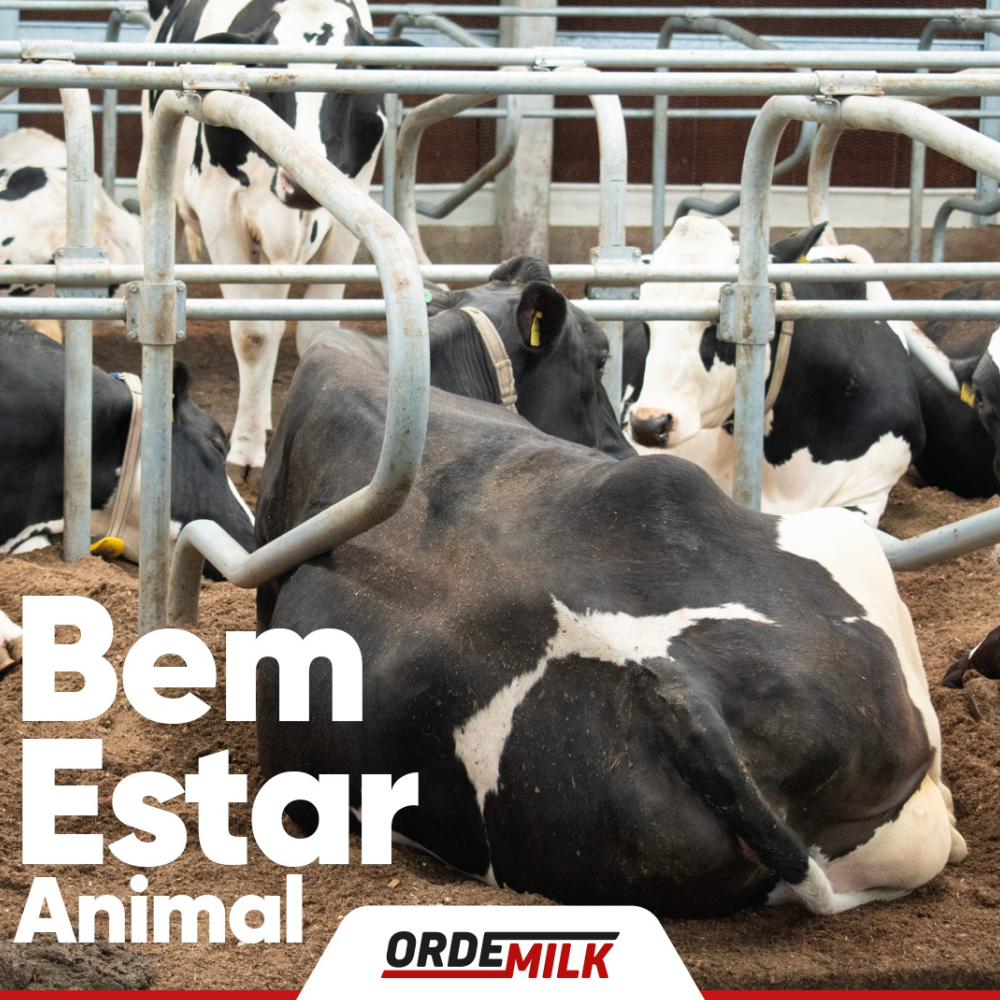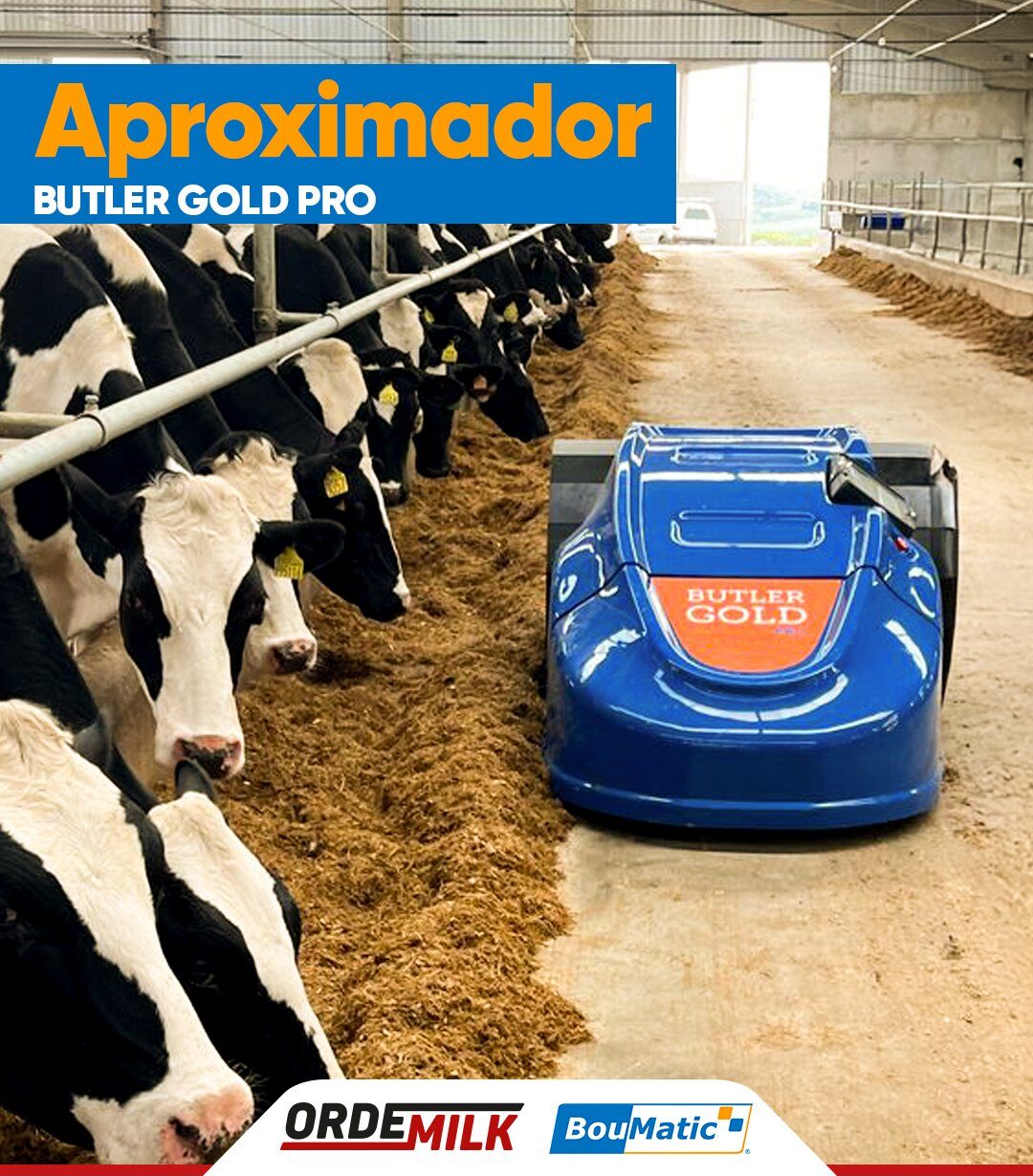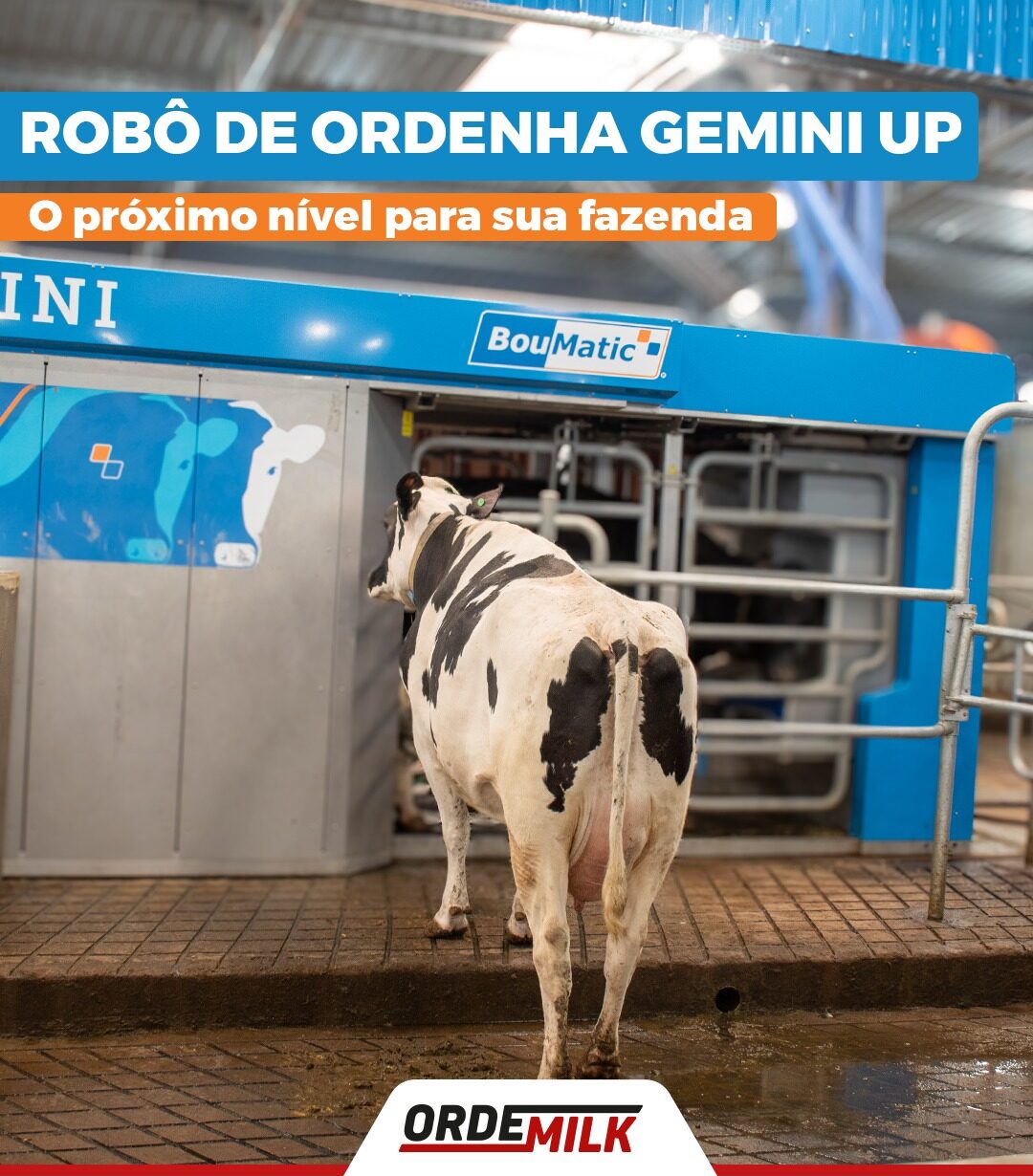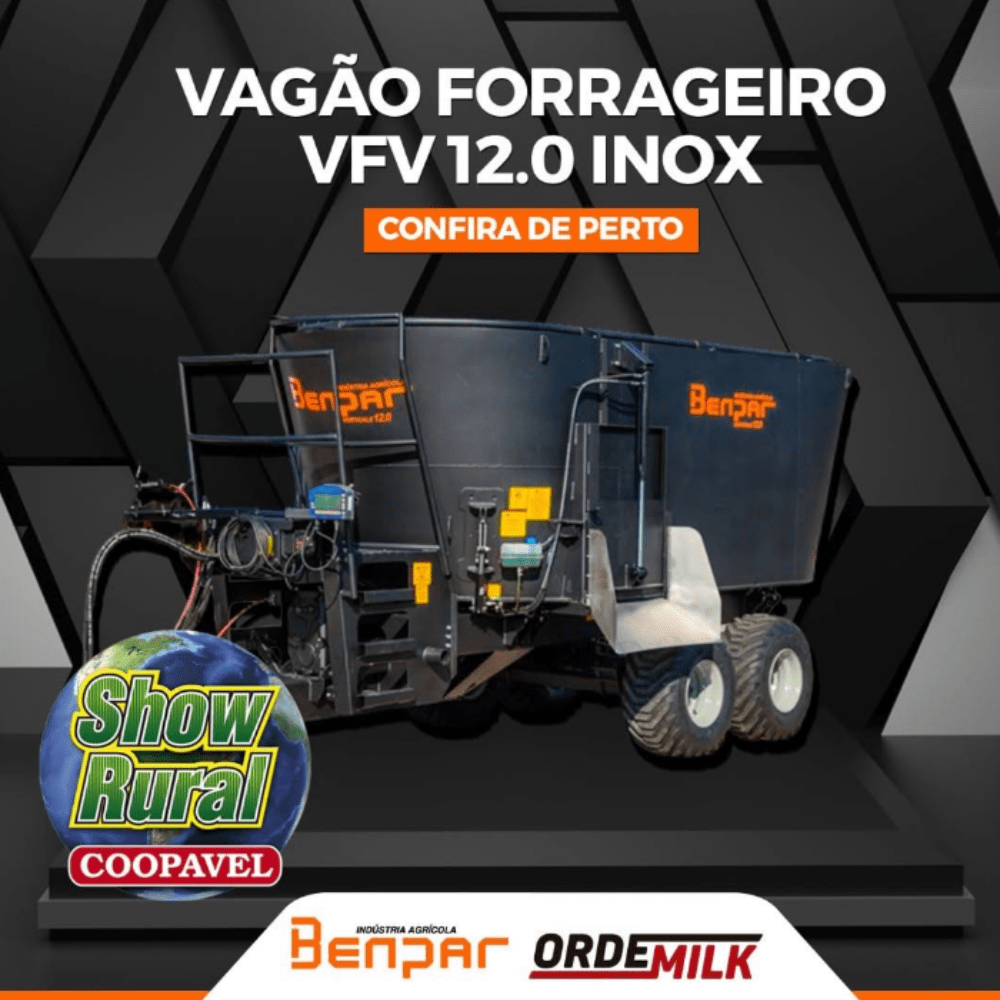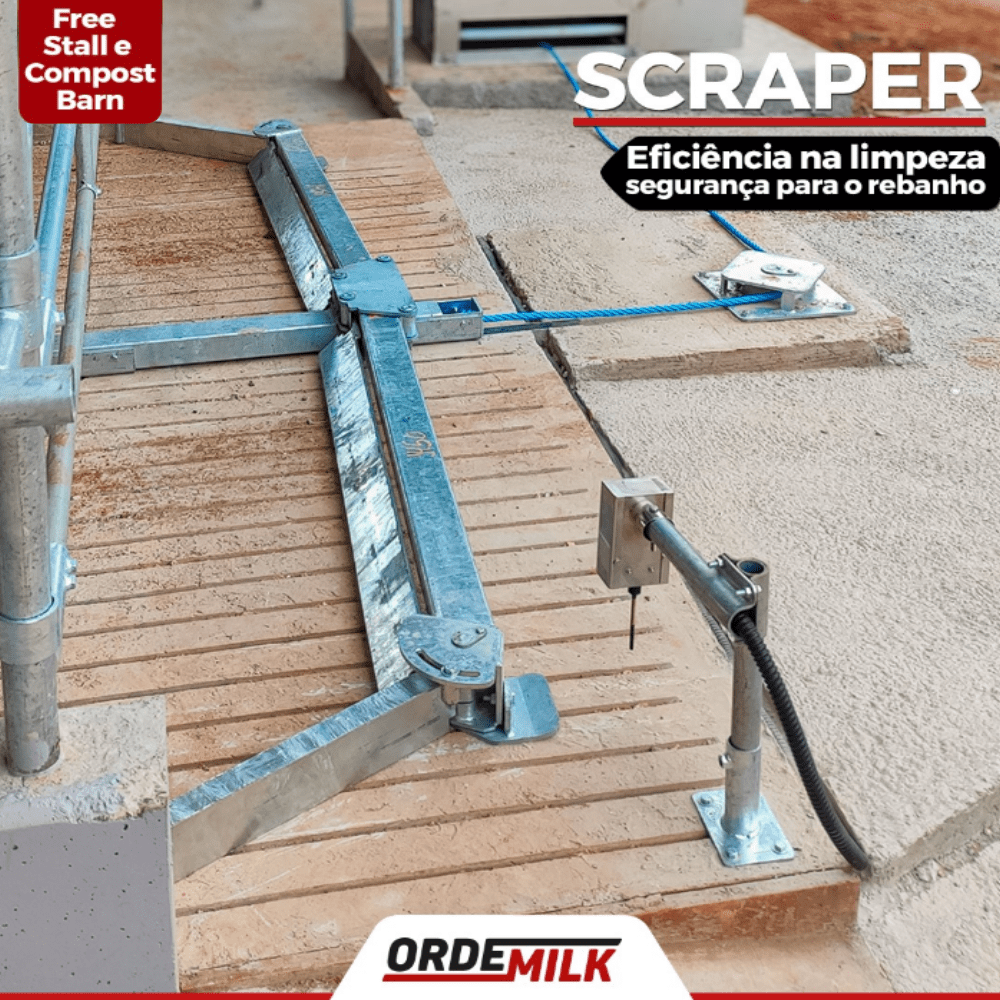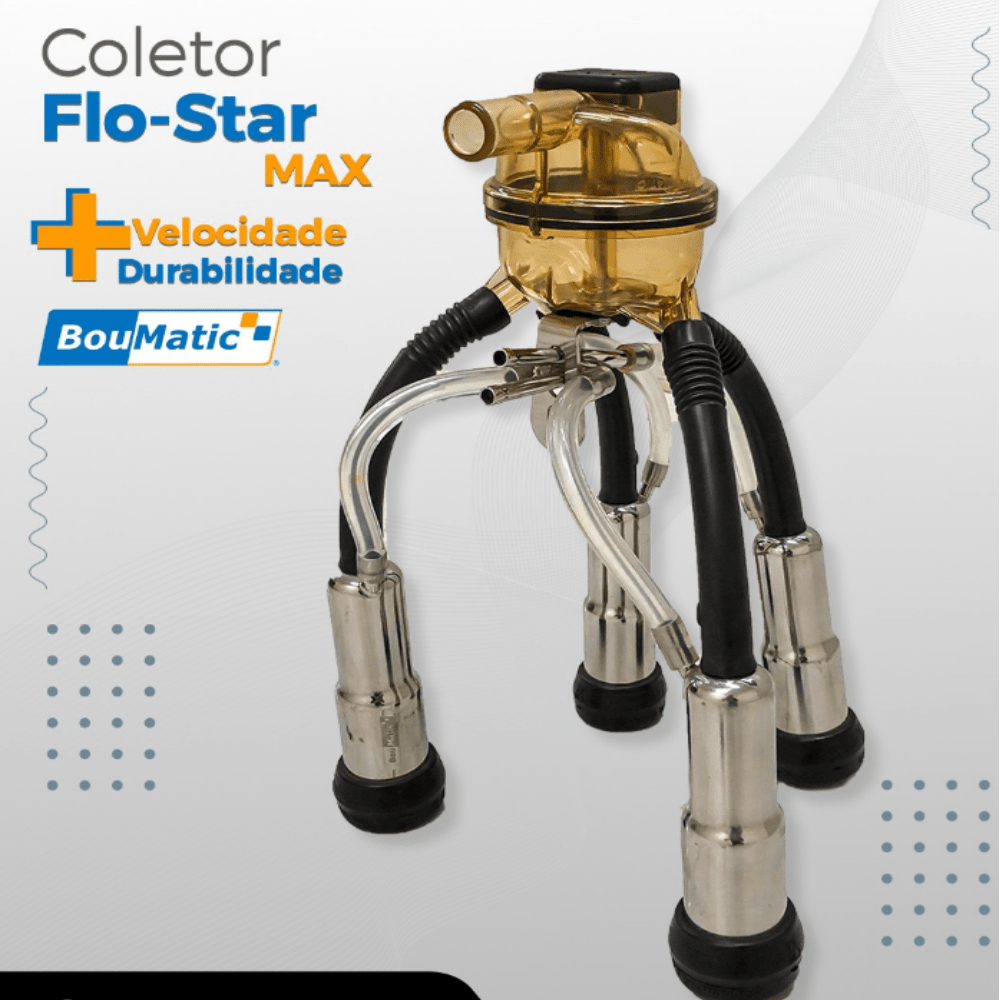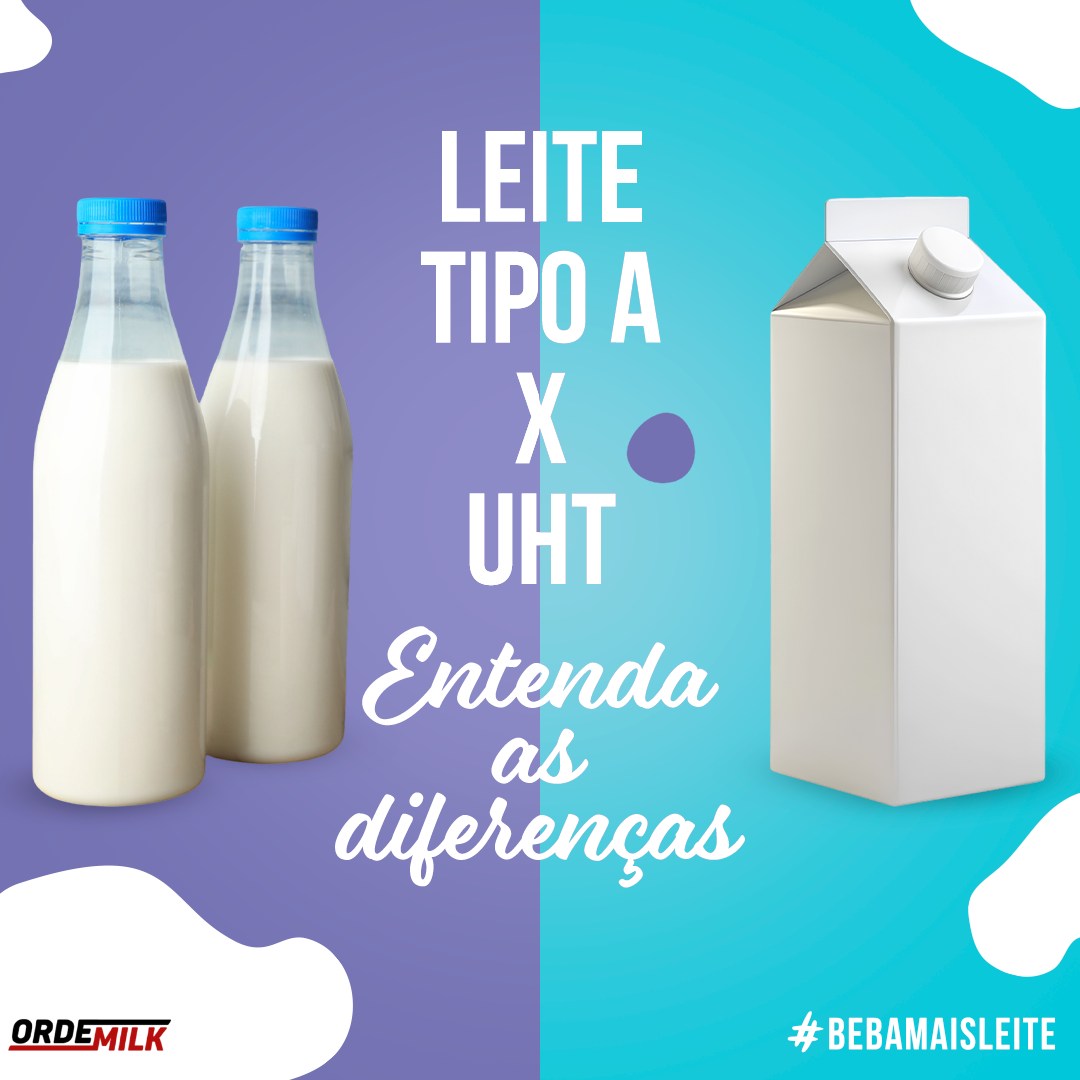Animal welfare as a basis for milk quality
In dairy farming, cow welfare is crucial not only for ethical reasons, but also for the quality and quantity of milk produced. Systems such as free-stall farming allow high-yielding dairy cows to express their potential, but require special care for the health and comfort of the animals.
🛠️ Proper planning is essential
The environment in which cows are housed should be designed to prioritize their well-being. This includes comfortable bedding, wide aisles and good ventilation. The choice of bedding type—whether sand or organic materials—directly impacts the comfort and hygiene of the cows. Clean bedding reduces bacterial contamination, preventing diseases such as mastitis, which affects the mammary gland and impairs milk quality.
💧The importance of hygiene
Hygiene is one of the pillars of controlling mastitis, a common disease in dairy cows that can compromise milk production and quality. Keeping cows’ teats clean and minimizing exposure to residues is essential. Studies show that cows in dry, clean environments produce more and better-quality milk, with lower somatic cell count (SCC) levels, a direct indicator of udder health.
⚠️ Risk factors
Overcrowding, low frequency of bed cleaning and inadequate waste management increase the risk of contamination. To mitigate these risks, proper bed management, with frequent cleaning and replacement of materials, is essential. Adding additives such as hydrated lime can increase the useful life of the beds and reduce bacterial proliferation.
🐮Quality production starts with animal care
Healthy, comfortable cows tend to lie down for longer periods of time, which improves both their health and milk production. Maintaining a clean, well-ventilated and comfortable environment is essential for efficient milk production and the quality of the final product.
Investing in animal welfare brings direct returns in quality and productivity!
Source – originally published in SANTOS, MV Mundo do Leite. v.65, p.12 – 13, 2014

